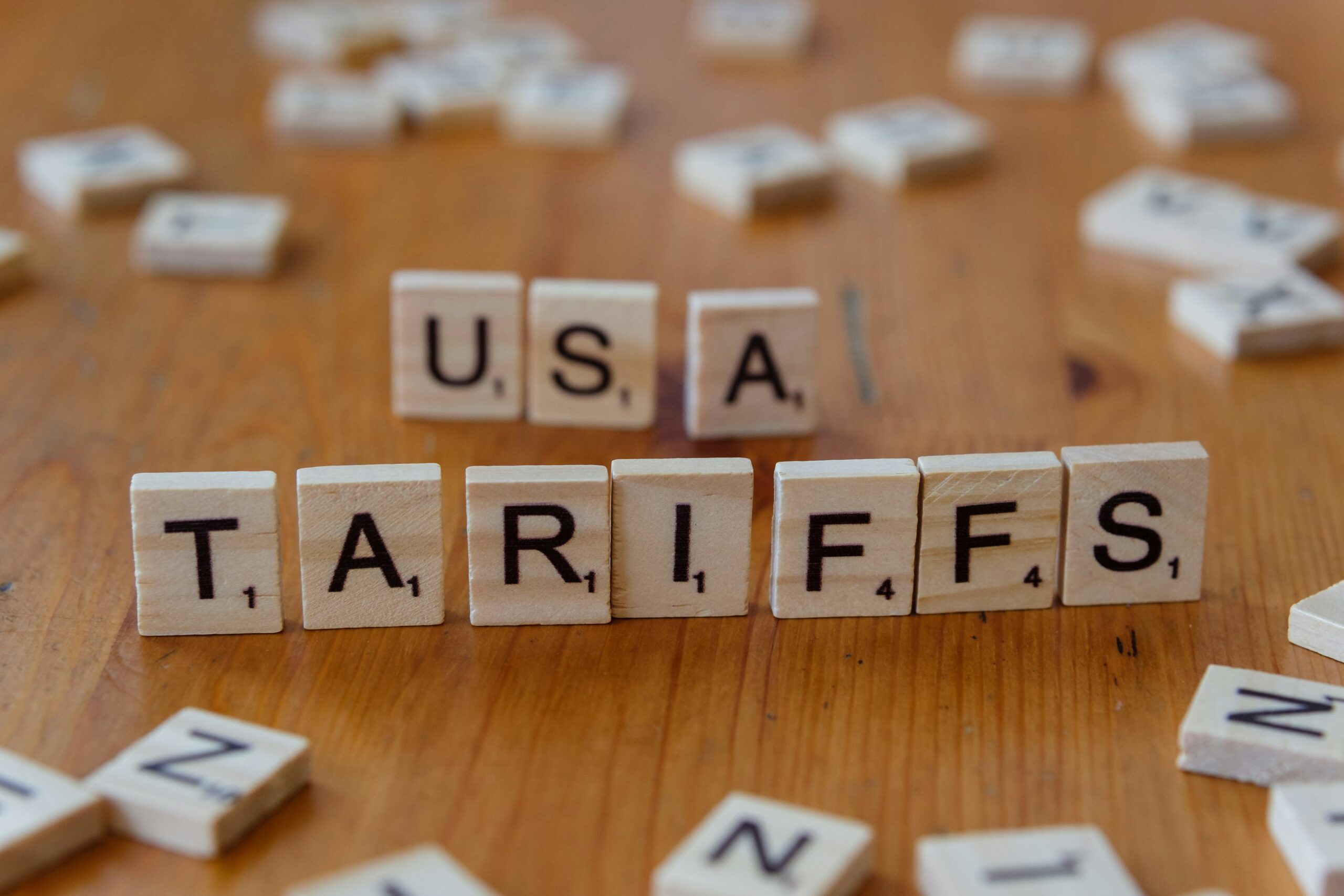Blog

“Navigating Tariffs: Why History Favors the Patient Investor”
Staying the Course Amidst Tariff Turbulence
It’s hard to ignore the recent headlines. Talk of tariffs, potential trade disputes, and the resulting market swings can naturally cause unease for even the most seasoned investors. Seeing fluctuations in your portfolio can be unsettling, and the constant news cycle often amplifies these concerns. It’s human nature to feel anxious when uncertainty arises.
However, as your financial advisor, my role is not just to help you build wealth, but also to provide perspective during times like these. While acknowledging the short-term noise is important, it’s crucial to filter it through the lens of a long-term investment strategy.
Volatility: A Feature, Not a Bug, of Investing
First, let’s remember that market volatility is normal. Stock markets don’t move in straight lines; they ebb and flow in response to a multitude of factors – economic data, corporate earnings, geopolitical events, and yes, trade policies like tariffs. Tariffs can indeed impact specific industries or create broader economic uncertainty, leading to short-term market reactions.
But history teaches us that markets are resilient systems. They price in new information, sometimes abruptly, but over the long haul, they tend to reflect fundamental economic growth and corporate innovation. Short-term events, even significant ones, often appear as mere bumps on a much longer upward trajectory when viewed historically.
Lessons from History: The Power of Patience & Perspective
Think back to other periods of uncertainty: the tech bubble burst in the early 2000s, the global financial crisis of 2008-2009, geopolitical conflicts, energy crises, or even the unexpected global pandemic just a few years ago. Each event brought significant short-term volatility and dire predictions. Yet, investors who stayed disciplined and maintained a long-term perspective were ultimately rewarded as markets recovered and eventually reached new highs.
Looking at specific instances of past tariffs reinforces this point, although it also highlights the complexity involved. For example:
- The 2002 Steel Tariffs: These were introduced during an already challenging market environment as the economy recovered from the dot-com bust. Research indicates negative impacts on some steel-consuming industries, and isolating the tariff’s exact effect on the overall stock market is difficult given the broader economic context at the time. Markets did eventually recover, but multiple factors were at play.
- The 2018-2019 U.S.-China Trade Tensions: This period clearly illustrates the potential for increased short-term volatility driven by trade policy. Markets reacted nervously to tariff announcements and escalations, with analyses showing stocks often sold off on days new tariffs were announced or retaliatory measures were taken. This uncertainty contributed to a negative return for the S&P 500 index for the 2018 calendar year (down about 4.4%). However, as negotiations advanced and a partial (‘Phase One’) deal was eventually reached, the market rebounded strongly, with the S&P 500 gaining over 31% in 2019.
These examples, while not predictive, show a pattern: tariffs inject uncertainty and can cause significant short-term market jitters and volatility. However, they are typically one factor among many influencing markets (alongside economic growth, interest rates, earnings, etc.). History suggests that markets eventually digest trade policy news and refocus on underlying economic drivers and corporate health, especially when viewed through a multi-year lens. The infamous Smoot-Hawley tariffs of 1930, often cited in discussions, occurred during the unique and severe context of the Great Depression’s onset and are widely seen as exacerbating that specific crisis through retaliatory actions and a collapse in global trade – a stark reminder of the risks of extreme protectionism but within a very different global economic structure than today’s.
Why Long-Term Investing Works
Several factors underpin the stock market’s long-term growth potential:
- Economic Growth: Economies generally expand over time, driven by population growth, productivity gains, and innovation. This fuels corporate profits.
- Corporate Earnings: Successful companies tend to grow their earnings over the long term, which ultimately drives stock prices.
- Innovation: Human ingenuity constantly creates new industries, technologies, and efficiencies, adding economic value.
- The Power of Compounding: Staying invested allows your returns to generate their own returns – a snowball effect that becomes incredibly powerful over decades. Pulling money out disrupts this crucial wealth-building engine.
Your Plan Was Built for This
Remember, your financial plan and investment strategy were designed with the expectation of market volatility. We established your portfolio based on your individual goals, time horizon, and risk tolerance. Diversification across different asset classes and geographic regions is a key element designed specifically to help cushion the impact of downturns in any single area – including those potentially affected by tariffs.
Reacting emotionally to short-term market swings, like those potentially driven by tariff news, is often counterproductive to achieving your long-term financial objectives. Sticking to a well-thought-out plan, developed during calmer times, is usually the most prudent course of action.
Looking Ahead
While we monitor the potential impacts of tariffs and other economic factors, we remain focused on the durable principles of long-term investing. History and data consistently show that discipline, patience, and a focus on the horizon are the most reliable path to building wealth through the financial markets, despite the inevitable periods of turbulence.
If the current market environment is causing you concern, please don’t hesitate to reach out. We can review your plan, reaffirm your goals, and ensure you feel confident in your long-term strategy.
